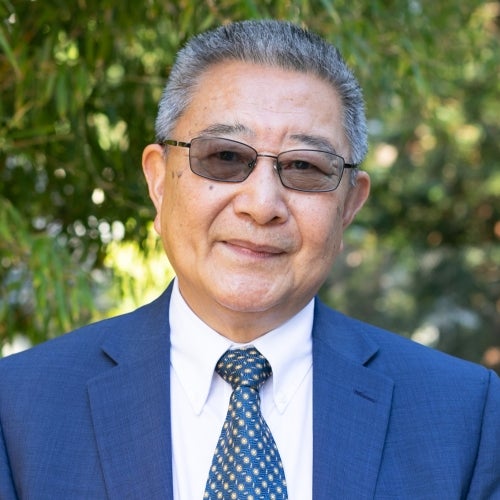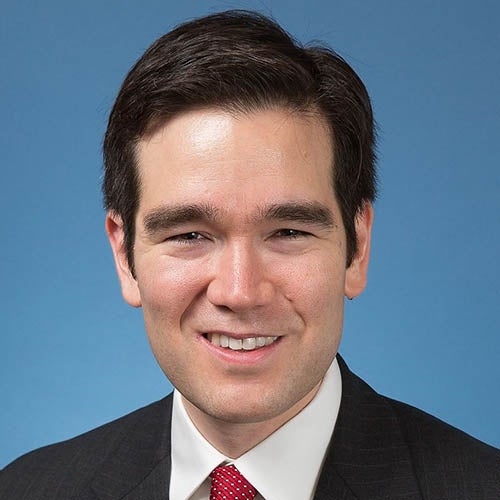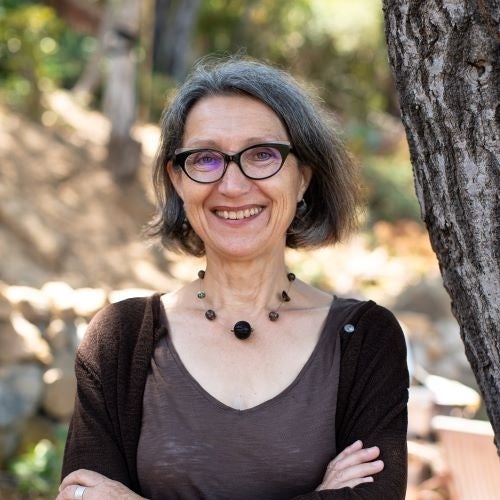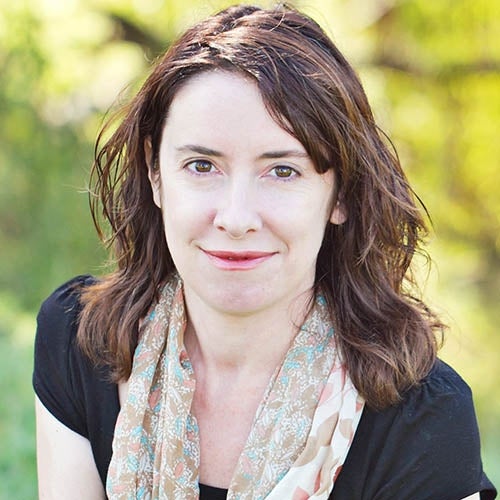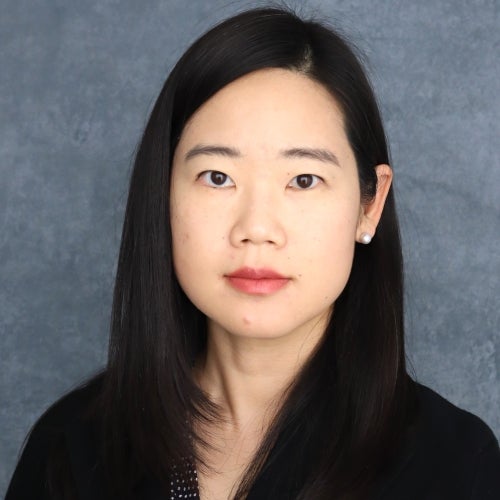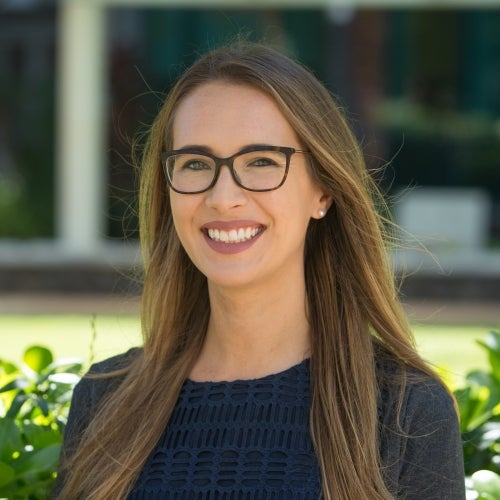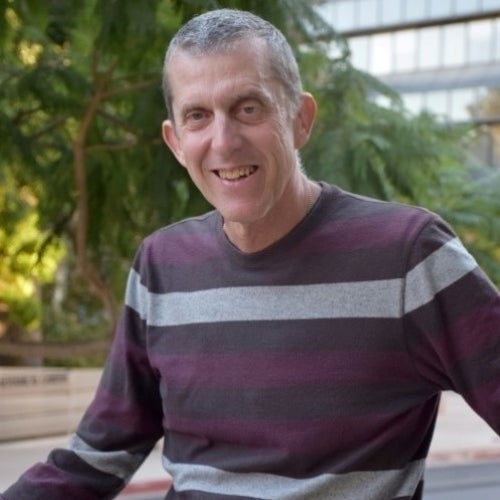A Clear View on Cancer in Jiangsu
Calls for a far-reaching and verifiable research program on the incidence and mortality of cancer in China’s Jiangsu province have been answered.

CHINESE RESIDENTS ACCOUNT FOR 19.3% of the world’s population, yet 26.9% of all cancer-related deaths occur in China. This disparity leaves epidemiologists like Zuo-Feng Zhang, MD, PhD, associate dean for research at the UCLA Fielding School of Public Health (FSPH) and professor in the school’s Department of Epidemiology, determined to learn more about the factors that increase the susceptibility of the Chinese population to certain cancers. Zhang notes that previous research on cancer risk factors in China has been limited by small sample sizes, inconsistent measurements, and a lack of precise and accurate data. To address these shortcomings, Zhang and his former FSPH postdoctoral fellow Jin-Kou Zhao, PhD, who directed the Department of Non-communicable Chronic Disease Control of the Jiangsu Provincial Center for Disease Control and Prevention (CDC), have conducted a rigorous population-based, case-control study of the lifestyle, behavioral, environmental, and genetic factors associated with China’s four most common cancers: lung, liver, stomach, and esophagus — the findings of which are informing further research and cancer prevention efforts throughout the world’s most populous nation.
Between 2003 and 2010, Zhang, Zhao and their colleagues collected data on lifestyle, behavioral and environmental exposures, along with biological materials for molecular markers, from more than 10,000 individuals with one of these four leading cancers, as well as more than 8,000 healthy controls, in four counties of Jiangsu province. In Jiangsu Four Cancers Study: a large case-control study of lung, liver, stomach, and esophageal cancers in Jiangsu Province, China (JFC Study; European Journal of Cancer Prevention, July 2017), they reported the results of an unconditional logistic regression which showed strong associations between tobacco smoking and all four cancers; alcohol consumption and the risk of liver and esophageal cancers; a family history of cancer and the risk of esophageal, stomach and liver cancers; and low education and the risk of esophageal, stomach and liver cancers.
“An important factor in our study’s success was the focus on quality control,” says Zhang, who made numerous trips to Jiangsu, where he and Zhao trained CDC-appointed investigators in research protocols, the data gathering process and informed consent. “Before our study, reliable data of this scale was non-existent in Jiangsu, but through JFC we have been able to provide researchers and local authorities with the necessary data to start countering the burden of cancer in this region,” Zhang says. Investigators around the world continue to use JFC data for studies of the protective virtues of raw garlic, green tea and indoor ventilation for various cancer sites; in addition, publications drawing from the JFC data to study cancer risks associated with air pollution, molecular genetics, and gene-environment interactions are currently under review.
“Our research aims to give individuals the tools to protect themselves from cancerous conditions that are within their control, such as consuming raw garlic to reduce the cancer risks that come with air pollution and secondhand smoking,” Zhang says. At the population level, the findings have had an impact in the counties of Dafeng and Ganyu, where local authorities have based their cancer prevention efforts on JFC data. Furthermore, the data continue to provide increasing clarity on the risk factors involved in the four major cancers, serving as an unprecedented guide for prevention strategies throughout the country.
The study Jiangsu Four Cancers Study: a large case-control study of lung, liver, stomach, and esophageal cancers in Jiangsu Province, China was published in the European Journal of Cancer Prevention in July, 2017.
